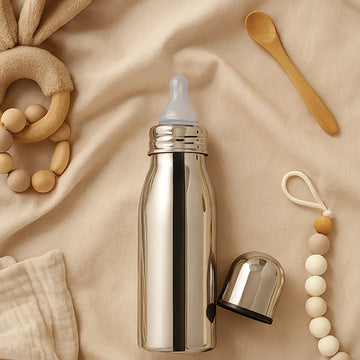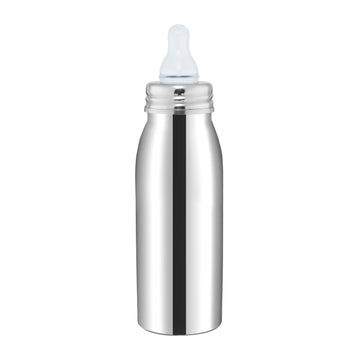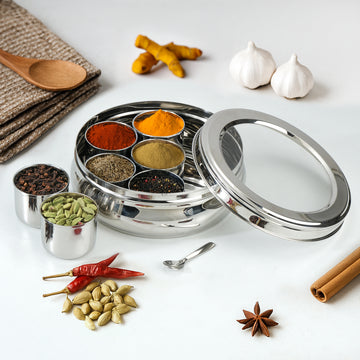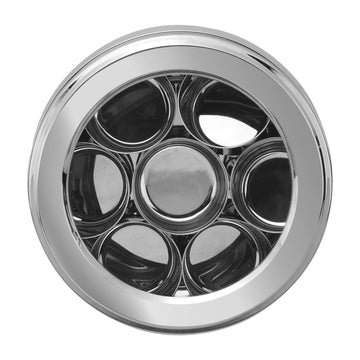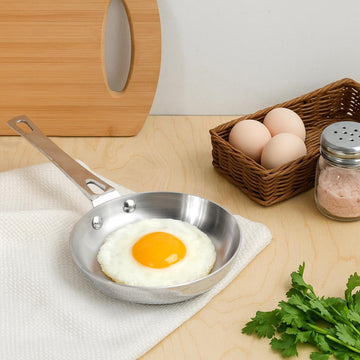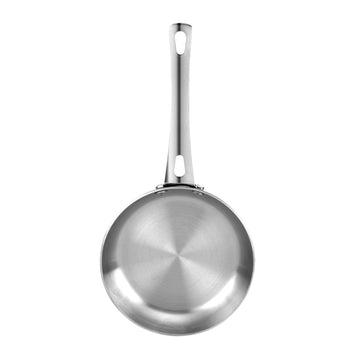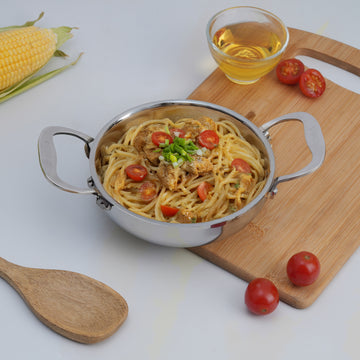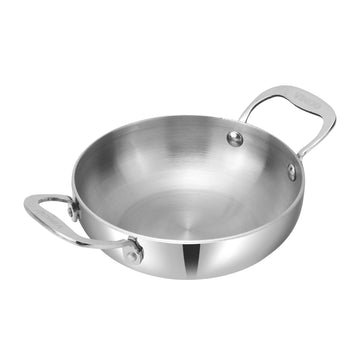Food Plating Techniques – Turn Food into Art
 Have you ever wondered what makes one want to go to a fancy restaurant where one has to pay big money for a small-sized portion of food? Food is not just about the taste of it. Beautifully plated food not only appeals to the sense of taste but also the sense of sight and smell. Cooking food with delectable taste may be an easier skill to develop for an aspiring chef. What might make them stand out of the crowd is giving the food their own unique touches through different techniques of plating.
Have you ever wondered what makes one want to go to a fancy restaurant where one has to pay big money for a small-sized portion of food? Food is not just about the taste of it. Beautifully plated food not only appeals to the sense of taste but also the sense of sight and smell. Cooking food with delectable taste may be an easier skill to develop for an aspiring chef. What might make them stand out of the crowd is giving the food their own unique touches through different techniques of plating.
Here are some pro tips for you to start turning your food into Art!
- Use the Correct Tools.
Having the right tools is vital because food plating is all about presentation. Building a toolkit with the following items is a fantastic place to start:
- Color-compatible dishware sets: In the homestyle kitchen, color-coordinated dishware sets are necessary for plating food. Matching plate hues and silverware give each dish a distinct aesthetic appeal.
- Piping bags or squeeze bottles: These are necessary for making precise designs without making a mess. These tools help avoid one ingredient crossing over on another during the plating process.
- Angled spoons: These are used to drizzle purees and sauces over the plates. They can also be used to place ingredients in a bunch in a specific area on the plate or to create height.
You can also go for melon ballers for cutting fruits, brushes to add delicate and detailed designs, and mandolin slicers for cutting thin pieces of vegetables.
- Choose the right dishware
Think of dishware as a canvas on which you will paint with the food. Do you think painting white color on white paper would be appealing to see? OR painting on wet paper where your paint just spreads everywhere would be considered a good art? No. Picking out the right dishware is necessary to make the colour and texture of the meal stand out. However, dishes with striking designs or colours may take away from the visual appeal and detail of the cuisine. However, as you become more adept at plating, you can start experimenting with various plate designs since dark plates can occasionally make your meal stand out dramatically. Your plates' dimensions and form are equally important. Dishes should be the right size so that each component or piece of food shines out and your portions don't appear to be little.
- Try out different layers and height
While there are many ways to creatively plate food, you can start out by creating different layers and heights. When plating your meal, use around three different heights to help fill the area on the plate and to give the appearance that the portions are larger. The bottom layer will help the other layer stay together so ingredients like puree and sauce can be used to hold the top layers in place. The middle layer can be used to combine the top and the bottom layer with foods such as rice, pasta, or potatoes. You can use the middle layer to also display the main component of the food. You can use garnish items like coriander, asparagus, etc. on the top layer to complete your plating.
- Wipe the Edges
Your food plating process is complete when you wipe the edges of the dishware for a tidy appearance.
If it feels a little overwhelming, you should start your plating process by making a mental image of how your dish should appear and start to arrange each item on the plate accordingly. Be sure to leave some white space on the plate to avoid making it look overcrowded. And always remember to wipe the edge of your plate with a clean kitchen towel for a tidy appearance.
We hope these techniques help you upskill your homestyle food plating into a fancy restaurant-style one! Do let us know your go-to food plating technique in the comment section below.


